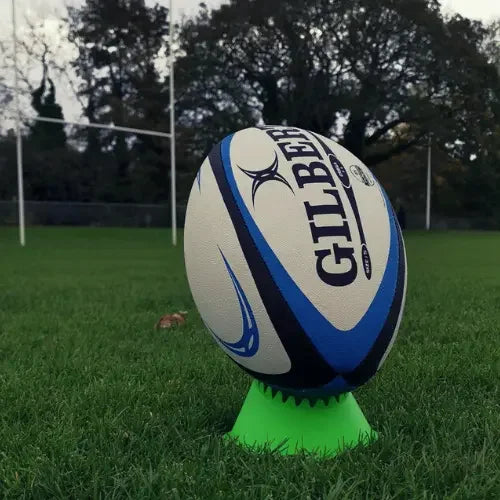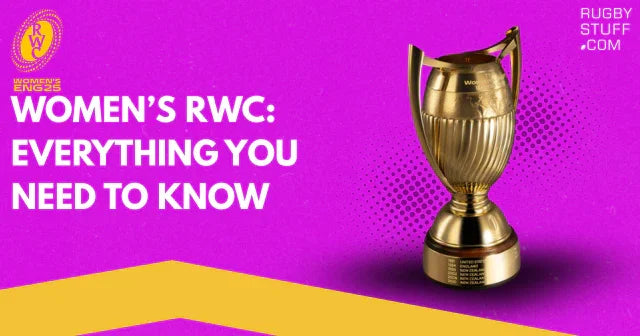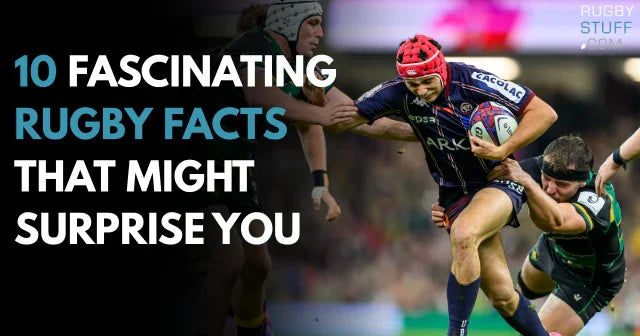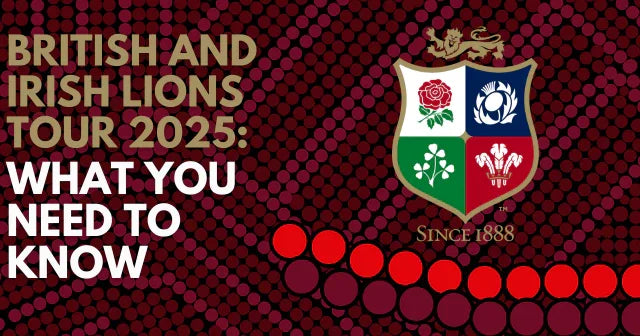Shoulder Injuries in Rugby - Part 2
Towards the end of 2016, physiotherapist Steve Wrigley of the The Health Rooms in Peebles wrote a blog for us on shoulder injuries in rugby. And now he's back with Part 2...
Common soft tissue shoulder injuries in rugby include injury to the rotator cuff muscles.
The rotator cuff muscles surround the shoulder and their function is to ensure correct placement of the humeral head in the shoulder socket and to produce shoulder movement. The direction of shoulder movement will cause different recruitment of each of the rotator cuff muscles.
These muscles can be damaged by direct contact, a fall on to the shoulder, poor lifting techniques and muscle imbalances through training. The most common rotator cuff muscle injured is the Supraspinatus muscle which is also susceptible to degenerative changes in the older rugby player.


Diagnosis of which rotator cuff muscle(s) are damaged can be difficult as there are over 100 tests to examine the shoulder and many have poor specificity therefore clinical expertise is required for a correct diagnosis.
Ultrasound scan is the ideal investigation to confirm your clinical diagnosis and to identify muscle tears. A tear over 5cm would be regarded as massive and possibly need a surgical repair, referral to a shoulder surgeon would be advised if this was suspected.
A rotator cuff injury will cause pain in the shoulder and restriction in certain movements. Often movements above shoulder height or lifting your arm away from your side will cause pain. If you continue to suffer symptoms from a rotator cuff injury, over a period of time, the shoulder may become stiff as well as painful, often leading to the development of trick movements of the shoulder and muscle wasting. In long term injuries it is common to see overuse of muscles such as the trapezius and decreased use in muscles such as serratus anterior and rhomboids causing your shoulder blade to stick out (winging scapula).


Conservative management
Rotator cuff injury
You may require a short period of rest to allow the initial injury to start to repair itself.
Initial rehab should be aimed at restoring full shoulder girdle and shoulder joint range of movement and should involve stretches and mobility exercises plus specialist Physiotherapy manual skills.
Depending on injury you may be started on isometric style exercises before beginning exercises involving movement. These exercises should be aimed at the recruitment and strengthening of specific rotator cuff muscles and correct recruitment of muscles acting around your scapular. This stage must not be rushed. Correct recruitment of your rotator cuff and scapular muscles forms the basis from which strength and conditioning exercises can be successfully added too.
Correction of any scapular control issues need to be addressed which will allow the shoulder to move normally and assist in the recruitment of the rotator cuff.

Above pictures: Poor activation of scapula muscles. Second picture demonstrates correct activation of scapulae muscles.
Mid phase rehab
Continue with mobility exercises/treatment as required plus you should now start loading the injured shoulder. This should include loading the joint with compression forces e.g plank type exercises/press ups and graduated strength training using weights e.g Military press and olympic lifts. The shoulder never works in isolation so combining shoulder exercises with movements such as squat or trunk rotation improves muscle recruitment and movement patterns.

Always ensure your lifting technique is not compromised by your injury.
You should have returned to running but not taking part in contact.
End phase rehab
During this phase of rehabilitation it is expected you now have full shoulder girdle and shoulder joint range of movement. Continue with your strengthening programme (now add olympic lifting exercises) plus start dynamic exercises related to your position (link in with your rugby coach).



Continue to develop your running fitness (related to your position) and start to take contact.
This is not a career ending injury, once you have gained range of movement, strength (using Limb symmetry index measures- see previous blog on returning to play), able to demonstrate the ability to take contact and land on the injured shoulder, you may consider returning to play once cardiovascularly fit.








